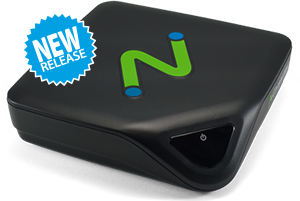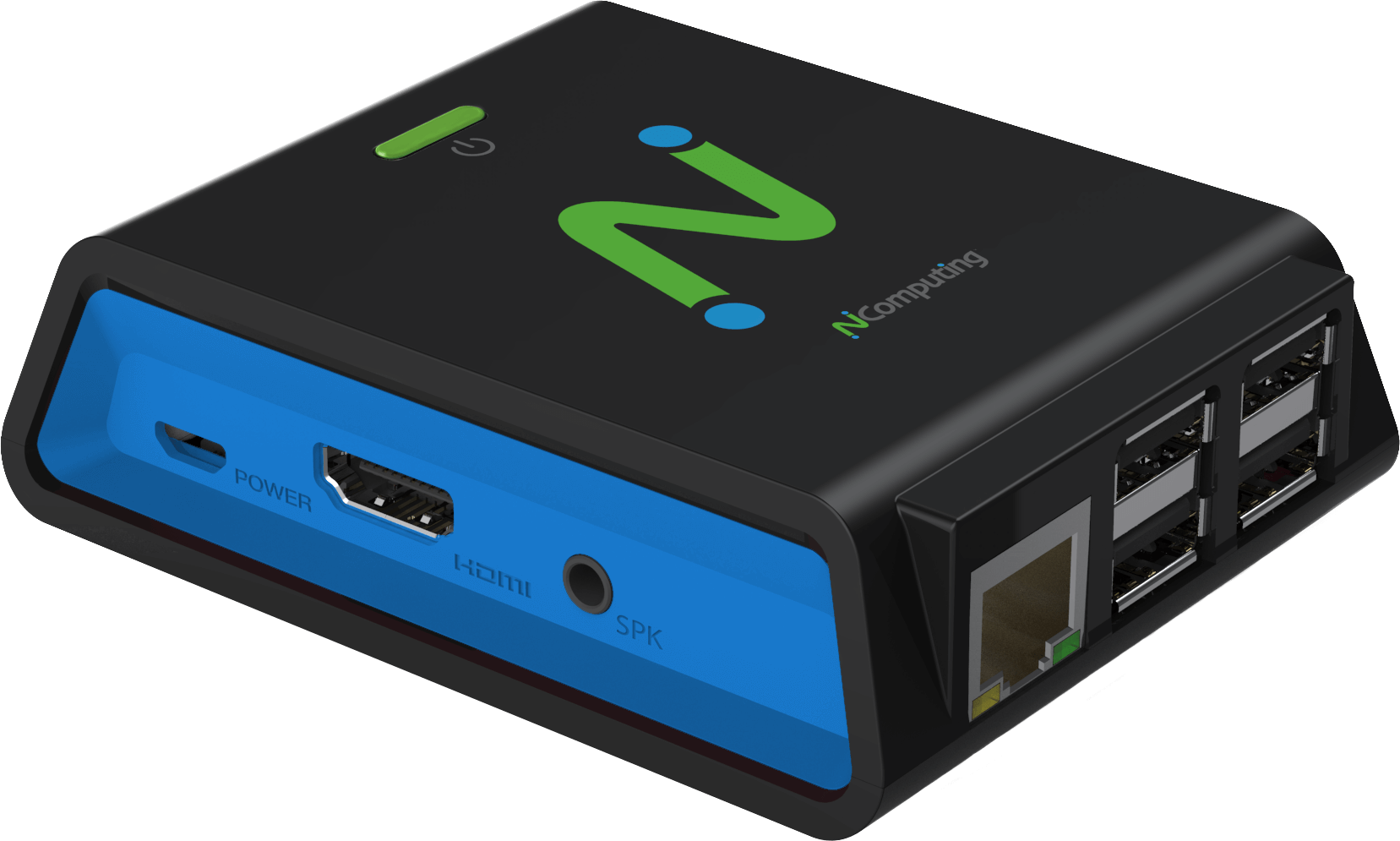A Desktop Cloud Environment for Anywhere, Anytime Learning
Chuo University was established in 1885 and is one of the most prestigious schools in Japan. It is a diverse research and practical education institution with six departments, eight graduate schools, three professional graduate schools, four high schools and two junior high schools. With such a physically and educationally diverse campus system, budget became a major issue as the cost of software installation, IT management and hardware expenditures continued to rise.

For many years, the university used Linux and Windows desktops in its classrooms and labs – all running VMware. A major issue with VMware was that it took students an average of 4 minutes to log into their machines. Login time extended to an astounding 10 minutes if too many students were concurrently trying to login at the same time.
Chuo University was also facing a shortage of available desktops. The largest lab only had 250 desktops, meaning long wait times and high levels of frustration for students.
It was also important for Chuo University to find a solution that would work well with both Linux and Windows desktops as classrooms and labs ran both operating systems and would continue to do so.
Leveraging a Desktop Cloud Environment
To solve these issues, Chuo University planned to improve upon their existing system. Thin clients were added to increase the number of desktops available to students during class hours. The customer chose to deploy Virtual Enterprise Remote Desktop Environment (VERDE), a virtualized infrastructure from NComputing’s. Because VERDE runs virtual desktops directly from the server, with Gold Images providing the best user experience regardless of user location, thin clients were a cost effective and easy solution choice. Additionally, since a Chuo University requirement included remote access capabilities outside of the classroom, the current VERDE solution enables students to access their data from home, even if all seats in the classroom are full and in use.
Chuo University has been especially impressed by VERDE’s ability to virtualize both Linux and Windows desktops concurrently.
In the case where a student wants to copy a screen capture from a Linux environment to a Windows environment, the student needed to take many steps because it was impossible to launch the two guests concurrently; but with the current system, it is easy to do because the student can launch the two guests concurrently.
VERDE was able to build a virtualization desktop environment with high performance and little cost, without requiring an individual server each for Linux and Windows. The system was up and running within four months, including design and implementation.
Performance is Key
Shortly after implementation, Chuo University confirmed a significant shortening of login time to an impressive 45 seconds, down from 10 minutes, a result of NComputing’s’ patent pending Storage Optimizer™ technology. Standard VDI deployments face particular performance issues when a large number of users start up or log in to their systems at once, generating a “storm” of IOPS, as exhibited by the 10 minute login time students experienced with VMware. Native to the NComputing’s VERDE software, Storage Optimizer’s cache I/O approaches caching in a unique way. It not only reduces storage traffic by 90 percent or more, but it also lowers the cost of VDI by reducing storage spindle needs by an order of magnitude. The result is desktop like performance for users and faster login times even during boot or login storms.
In addition to faster login times, students were thankful to be able to stream video with sound while on a virtualized machine, a feat that only VERDE has been able to accomplish. In a recent return visit to Chuo University, NComputing’s found that over half of the students in a computer lab were concurrently streaming video without any performance issues.
For the campus IT team, the capability to manage hundreds of clients and PCs from a single console meant being able to provide students with the latest software in real-time. By simply updating the software on a centralized server, students and faculty could have instant access to new software and applications within any access limits determined by the system administrator.
A Look Towards the Future
Chuo University is planning to expand the current system as needed depending on student computing demands and need. They are also eyeing future computing demands as BYOD and e-learning initiatives are quickly becoming the norm. Doctor Katoh shares his vision for the future:
“We would like the ability to adjust the current system depending on students’ needs. Also, it is important that professors at Chuo University use this system effectively. For instance, professors now have the ability to decide what content to have available on virtual desktops. The installation of our current system gave us the opportunity to consider things we weren’t able to before.”
Katoh Shunichi
Doctor of Engineering, Chuo University Vice President



-menu.png)


